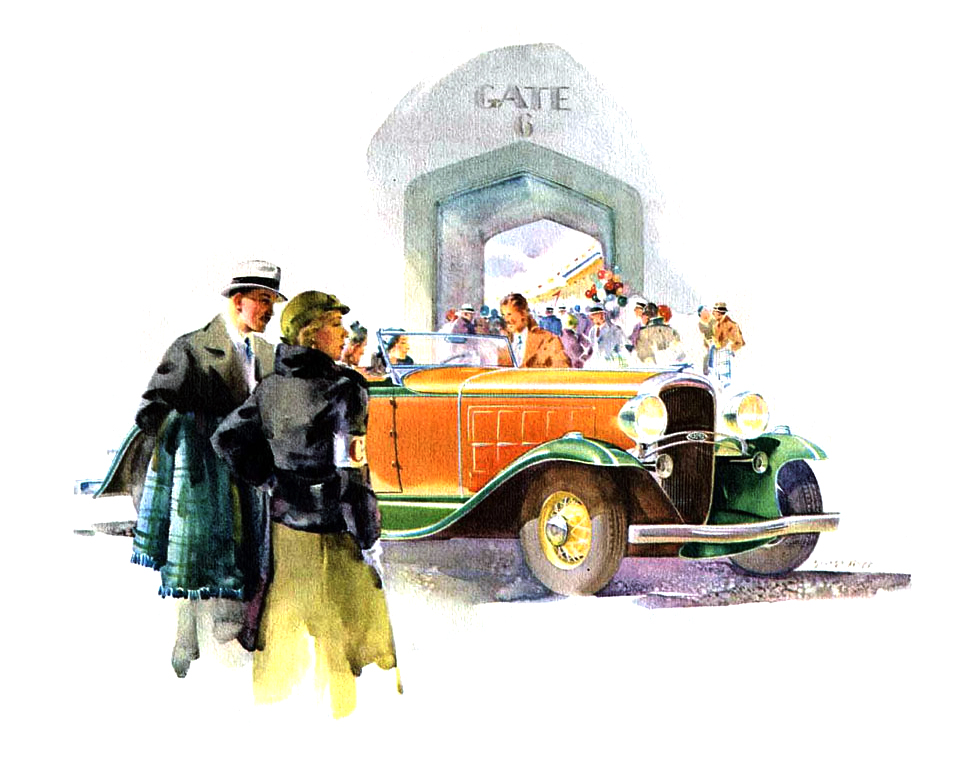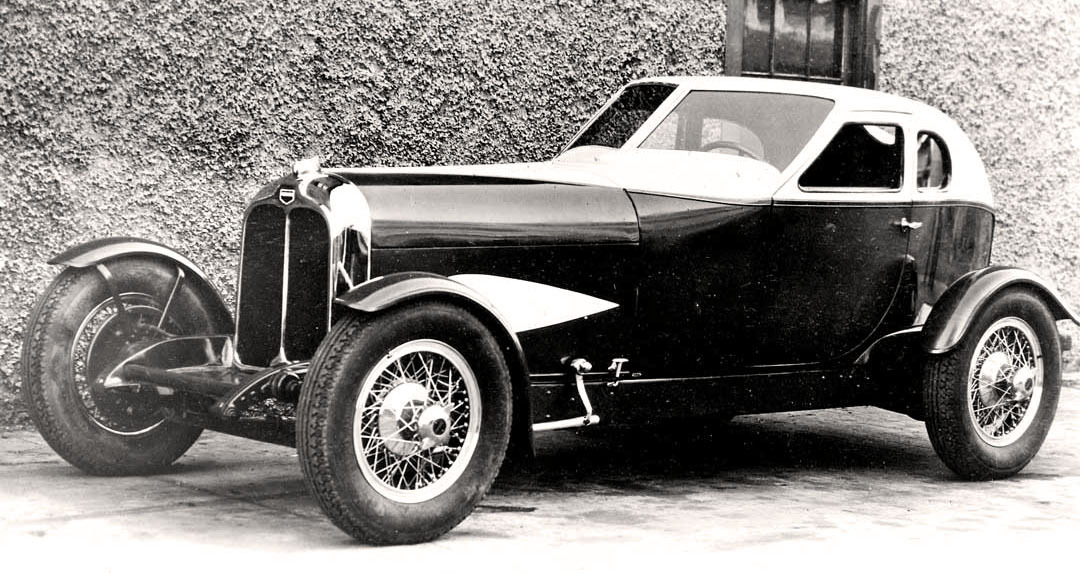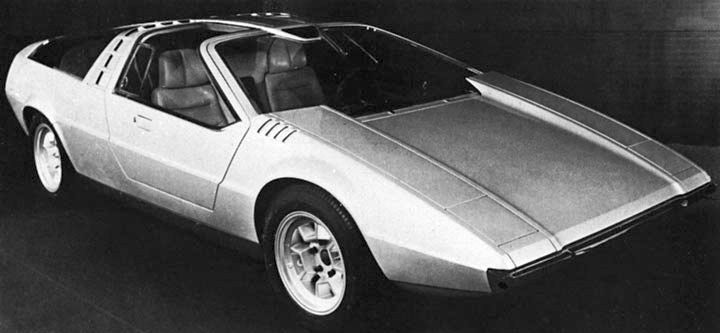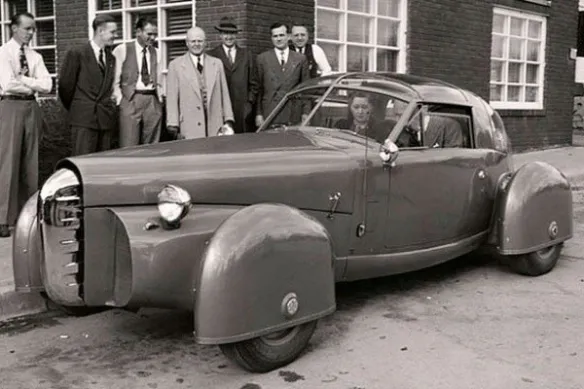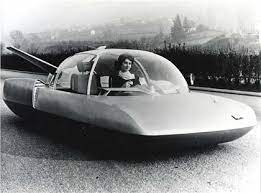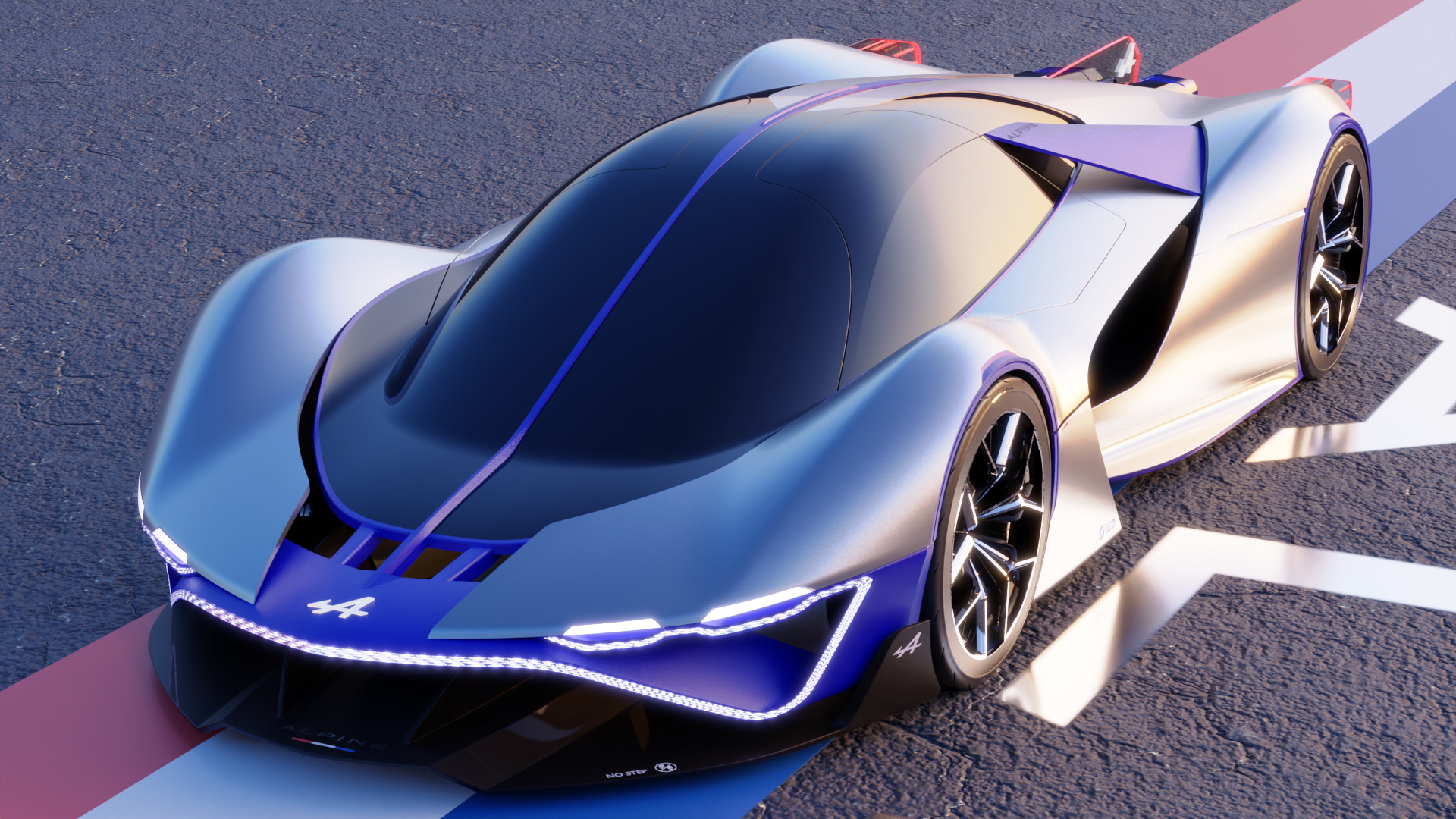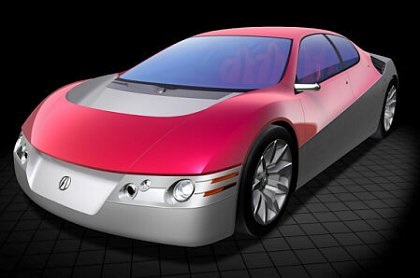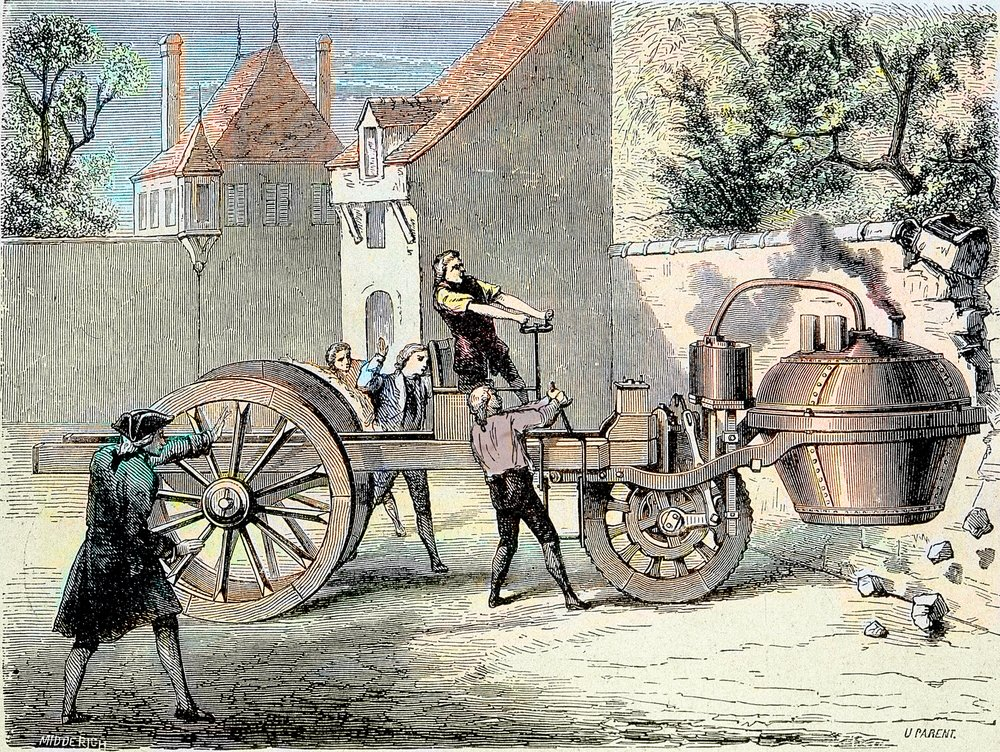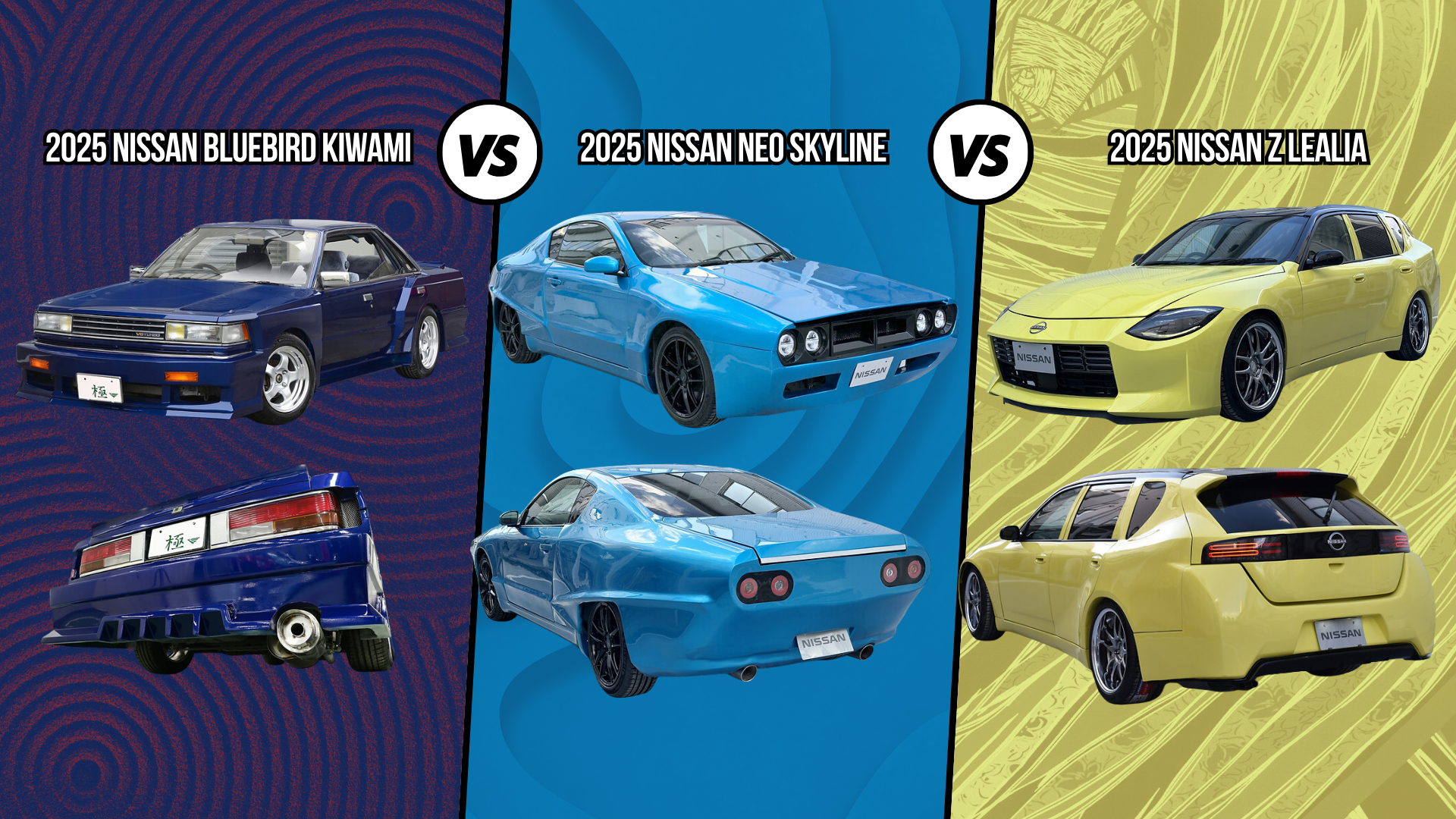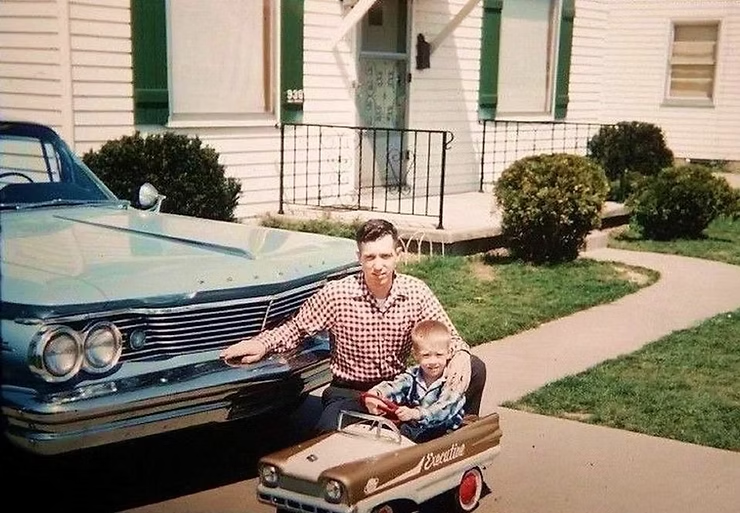
The 2004 Renault Trafic Deck’Up Concept was a bold reimagining of the compact van as an adventurous, all-terrain leisure vehicle, unveiled at the Brussels Motor Show. Based on the Renault Trafic, which was awarded International Van of the Year in 2002, the Deck’Up incorporated innovative design and functional versatility, bridging the gap between family transport and rugged utility.
Exterior Design and Features
The Trafic Deck’Up retained the familiar Trafic front styling with a prominent radiator grille and expressive headlights. Its proportions were modified for a robust, off-road aesthetic: it was 180 mm shorter in overall length, 80 mm shorter in wheelbase, and 21 mm wider than the standard Trafic. A high ground clearance, permanent four-wheel drive, and massive 20-inch alloy wheels with 255/55 R20 Michelin tires gave it true all-terrain capability. The two-tone paint scheme further emphasized its rugged character.
The rear section was designed as an open platform, reminiscent of vehicles used for photo safaris. This area was accessible via a 90° swing door and featured translucent glass shutters that could slide into the cabin ceiling to create an airy and open feel. The design cleverly combined the functionality of a pickup with the practicality of an adventure vehicle.
Interior Versatility
The Deck’Up’s double cab provided seating for four, with three seats capable of swiveling 180° to create a flexible, social layout. Rear seats were mounted on Espace-style sliding rails, enabling them to move into the pickup section. Additionally, two fold-down seats in the cargo area allowed for extra passengers, while the innovative rail-mounted center console could be repositioned to suit various seating arrangements. This modular approach made the Deck’Up adaptable to diverse needs, from family outings to outdoor adventures.
The interior featured a high-tech yet user-friendly design, including a Carminat navigation screen integrated into the beige dashboard. The use of aluminum flooring and printed fabric seats gave the cabin a modern, adventurous feel. Asymmetrical doors, with rear-hinged openings on the passenger side and no B-pillar, improved accessibility for passengers and cargo.
Performance and Specifications
The Trafic Deck’Up was powered by a 2.5L dCi 16V diesel engine delivering 135 hp (99 kW) at 3,500 rpm, paired with a 6-speed manual transmission. Four-wheel disc brakes with 320 mm diameter ensured reliable stopping power. Designed to tackle off-road challenges, the concept promised both performance and resilience.
Key dimensions included:
Length: 4,600 mm
Width: 1,925 mm
Height: 2,085 mm
Wheelbase: 3,020 mm
Conceptual Significance
Renault positioned the Trafic Deck’Up as a testbed for exploring new ideas in outdoor leisure vehicles. Like the Kangoo Break’Up and Modus 2 concepts before it, the Deck’Up demonstrated that practicality could coexist with comfort, elegance, and adventurous spirit. While Renault confirmed it would not reach production, several of its innovative features were expected to influence future vehicle designs.
The Trafic Deck’Up Concept embodied a unique fusion of pickup practicality and all-terrain readiness, making it a standout among concept vehicles of its era.












